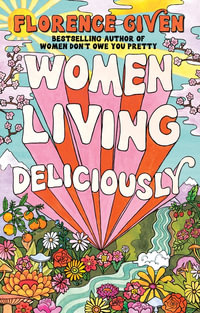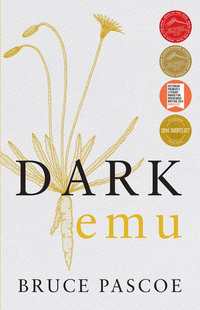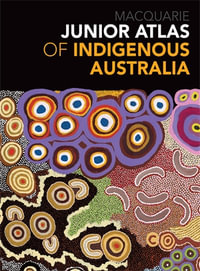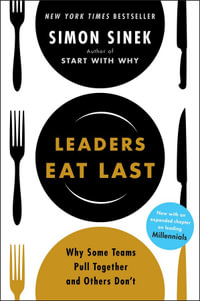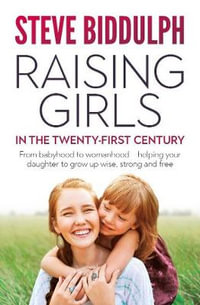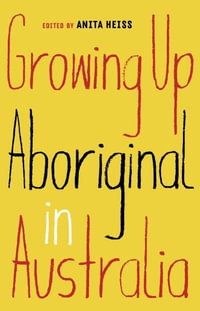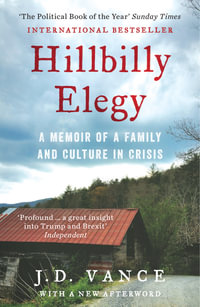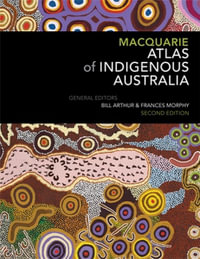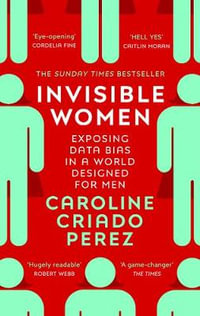| The Lele of the Kasai (1963) Hb: 0-415-29104-6: c.290pp: z 65.00 | |
| This first volume is a compilation of numerous essays by Douglas on the Lele in the Belgian Congo covering a fifteen year period | |
| There are early indications of Douglas's cultural imagination and written expression that were to make her works accessible and relevant to a western readership of non-anthropologists | |
| The intellectual tools and examples she gained from Africanist ethnography continue to serve her explorations of European and American society | |
| Purity and Danger (1966) Hb: 0-415-29105-4: c.190pp: z55.00? | |
| Purity and Dange? | |
| Is acknowledged as a modern masterpiece of anthropology | |
| It is widely cited in non-anthropological works and gave rise to a body of application, rebuttal and development within anthropology | |
| In 1995 the book was included among the Times Literary Supplement's hundred most influential non-fiction works since WWII | |
| Incorporating the philosophy of religion and science and a generally holistic approach to classification, Douglas demonstrates the relevance of anthropological enquiries to an audience outside her immediate academic circle | |
| She offers an approach to understanding rules of purity by examining what is considered unclean in various cultures | |
| She sheds light on the symbolism of what is considered clean and dirty in relation to order in secular and religious, modern and primitive life | |
| Natural Symbols (1970 - 1st edition) Hb: 0-415-29129106-2: c.185pp: z55.00 | |
| Natural Symbols is Douglas' most controversial work | |
| It represents a work of anthropology in its widest sense, exploring themes such as the social meaning of natural symbols and the image of the body in society | |
| This work focuses on the ways in which cultures select natural symbols from the body and how every natural symbol carries a social meaning | |
| She also introduces her grid/group theory, which she sees as a way of keeping together what the social sciences divide and separate | |
| In her grid/group analysis social organization is broken down into four kinds of institutional life: hierarchical, sectarian, competitive individualistic and isolated | |
| She claims that beliefs about everything from sin to sorcery and sexuality can be predicted by measuring to what extent a society conceived of itself as a bounded entity or group | |
| Bringing anthropology in to the realm of religion, Douglas enters into the ongoing debate in religious circles surrounding meaning and ritual | |
| The book not only provides a clear explanation to four distinct attitudes to religion, but defends hierarchical forms of religious organization and attempts to retain a balanced judgement between fundamentalism and established religion | |
| Douglas has since extensively refined the grid/group theory and has applied it to consumer behaviour, labour movements and political parties | |
| Rules and Meanings (1973) Hb: 0-415-29107-0: c. 320pp: z65.00 | |
| Rules and Meanings is an anthology of works that form part of Mary Douglas' struggle to devise an anthropological modernism conducive to her opposition to reputedly modernizing trends in contemporary society | |
| The collection contains works by Wittgenstein, Schutz, Husserl, Hertz and other continentals | |
| The underlying themes of the anthology are the construction of meaning, the force of hidden background assumptions, tacit conventions and the power of spatial organization to reinforce words | |
| The work serves to complement the philosophers' work on everyday language with the anthropologists' theory of everyday knowledge | |
| Implicit Meanings (1975) Hb: 0-415-29108-9: c.322pp: z65.00 | |
| Implicit Meanings was first published to great acclaim in 1975 | |
| It includes writings on the key themes which are associated with Mary Douglas' work and which<$$$> | |
| Table of Contents provided by Publisher. All Rights Reserved. |


